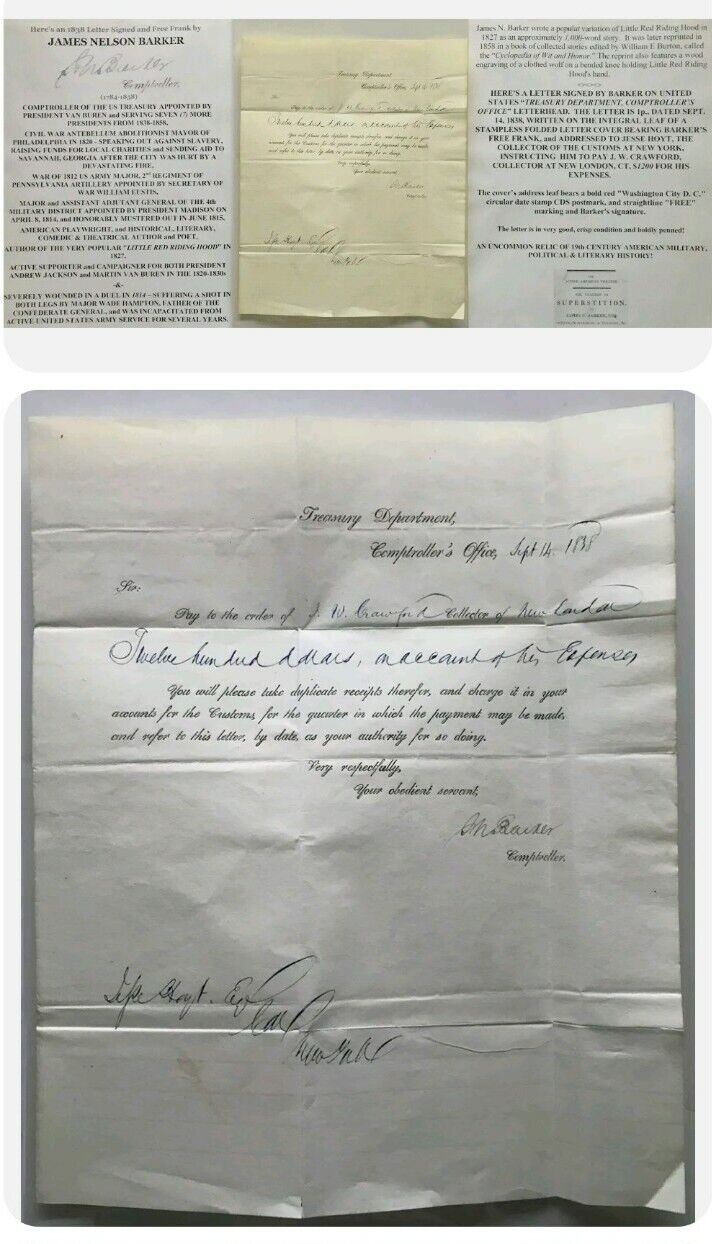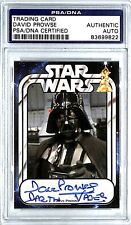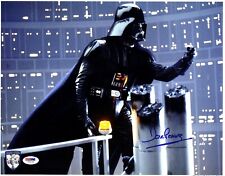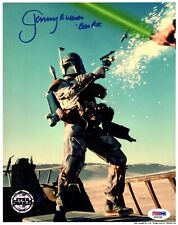|

On eBay Now...
SIGNED WAR 1812 DUEL MAJOR PRESIDENT VAN BUREN TREASURY MAYOR PHILA POET LETTER For Sale

When you click on links to various merchants on this site and make a purchase, this can result in this site earning a commission. Affiliate programs and affiliations include, but are not limited to, the eBay Partner Network.

SIGNED WAR 1812 DUEL MAJOR PRESIDENT VAN BUREN TREASURY MAYOR PHILA POET LETTER:
$275.00
SIGNED WAR 1812 DUEL MAJOR PRESIDENT VAN BUREN TREASURY MAYOR PHILA POET LETTER.
Here’s an 1838 Letter Signed and Free Frank by JAMES NELSON BARKER (1784-1858) COMPTROLLER OF THE US TREASURY APPOINTED BY PRESIDENT VAN BUREN and SERVING SEVEN
MORE PRESIDENTS FROM 1838-1858, CIVIL WAR ANTEBELLUM ABOLITIONIST MAYOR OF PHILADELPHIA IN 1820 -SPEAKING OUT AGAINST SLAVERY, RAISING FUNDS FOR LOCAL CHARITIES and SENDING AID TO SAVANNAH, GEORGIA AFTER THE CITY WAS HURT BY A DEVASTATING FIRE,
WAR OF 1812 US ARMY MAJOR, 2ndREGIMENT OF PENNSYLVANIA ARTILLERY APPOINTED BY SECRETARY OF WAR WILLIAM EUSTIS, MAJOR and ASSISTANT ADJUTANT GENERAL OF THE 4th MILITARY DISTRICT APPOINTED BY PRESIDENT MADISON ON APRIL 8, 1814, and HONORABLY MUSTERED OUT IN JUNE 1815,
AMERICAN PLAYWRIGHT, and HISTORICAL, LITERARY, COMEDIC & THEATRICAL AUTHOR and POET, AUTHOR OF THE VERY POPULAR \"LITTLE RED RIDING HOOD\" IN 1827,
ACTIVE SUPPORTER and CAMPAIGNER FOR BOTH PRESIDENT ANDREW JACKSON and MARTIN VAN BUREN IN THE 1820-1830s -&- SEVERELY WOUNDED IN A DUEL IN1814 SUFFERING A SHOT IN BOTH LEGS BY MAJORWADE HAMPTON, FATHER OF THE CONFEDERATE GENERAL, and WAS INCAPACITATED FROM ACTIVE UNITED STATES ARMY SERVICE FOR SEVERAL YEARS.
James N. Barker wrote a popular variation of Little Red Riding Hood in 1827 as an approximately 1,000-word story.
It was later reprinted in 1858 in a book of collected stories edited by William E Burton, called the Cyclopedia of Wit and Humor. The reprint also features a wood engraving of a clothed wolf on a bended knee holding Little Red Riding Hood\'s hand.
BIOGRAPHICAL SKETCH OF THE HONORABLE JAMES NELSON BARKER James Nelson Barker (June 17, 1784 March 9, 1858) was an Americansoldier, playwright and politician.
He rose to the rank of Major in the United States Army during the War of 1812, wrote ten plays, and was Mayor of Philadelphia in 1820.
Early life Barker was born on June 17, 1784, in Philadelphia.
He was the fourth sonofJohn Barker, and Mary Nelson, who were married on July 13, 1769. His education was limited, for though he attended local schools, he spent more time reading books than studying. However, Barker\'s father ensured that his son was educated in gentlemanly etiquette and the ability to defend himself with a sword or pistol.
Barker began writing in 1804.The Spanish Roverwas a three-act play based on Cervantes. However, only one act was completed, and eventually burned. His studies were also challenged by travel. He joined an expedition to theWest Indiesin 1806, much to his parents\' unease.
His first produced play,Tears and Smiles (1807), was a social comedy. It premiered on March 4, 1807, at The Chestnut Street Theater in Philadelphia. His next play,The Embargo; or, What News? (1808), was a drama about the Embargo Acts of December 22, 1807, and February 19, 1808, which forbade vessels to engage in foreign trade. Barker was a lifelong Democrat, and his father John was a mayor of the city from 1808 to 1809. In September 1808, Barker joined \"The Democratic Young Men,\" a Philadelphia political organization. His involvement in the organization led to his naming as a member of vigilance to supervise the voting at the election, which led to the Democratic control of councils. This control then led to his father\'s second term as mayor of the city from 1812 to 1813.In 1809, 25-year-old Barker was sent by his father to Washington to gain political experience and to prepare for a political career. This visit served both to train him in politics and to give him political contacts, as he was invited to meet withJames Madison. In 1811, Barker marriedMary Rogers.His daughter, Rachel Jackson Mary Barker, was named afterAndrew Jackson\'s wifeRachel Jackson. Literary influence Barker\'s plays show awareness of the problems with the government\'s attitude that it was the center of the new America\'s society.
He sought to demonstrate that the American experience could be used to shape national identity.He considered himself to be an American playwright who was committed to exploring native subjects and themes. His work reflected the conflict for American authors in finding their own native voice. He believed that American artistic tastes should be independent of those of Europe, and condemned Americans\' feelings of inferiority.
He took the position that American art was to be both democratic and useful. Two of Barker\'s most popular plays wereThe Indian PrincessandMarmion.Superstitionis considered one of Barker\'s best plays. The Indian Princess Play The Indian Princess; or,La Belle Sauvage(1808), is a melodrama about the Pocahontas story. Though originally written as a play, Barker decided to turn it into an operatic melodrama, collaborating with the EnglishJohn Bray, who wrote the music.It is the first play that survives in its entirety with Native American characters, (Ponteachfrom 1766, for example, was a play about Native Americans that was never produced). It was also the first original American play to be produced in London after being premiered in America. However, according to the American music scholarH. Wiley Hitchcock, the London production was \"a bowdlerized version\" of the original. In a letter of June 10, 1832, toWilliam Dunlap, Barker said that the London production atDrury Lane\"differs essentially from mine in the plan and arrangement.\" It was premiered at The Chestnut Street Theatre in Philadelphia. It is based on CaptainJohn Smith\'sGenerall Historie of Virginia(1624), though he used Smith\'s text freely. Its New York premiere was at the Park Theatre on June 14, 1809.
It satisfied intrigue for both American and English audiences regarding the figure of the Native American.Even though romantic conquest takes precedence over colonial conquest, it is evident that the connection between the two is strong.The Indian Princessgained popularity due to a search for a national identity, as American history was becoming more popular. As Susan Scheckel wrote, \"In bringing Pocahontas to the popular stage, James Nelson Barker enlisted the conventions of melodrama to produce a romanticized version of American history that resolved conflicts implicit in past acts of conquest and revolution and defined national identity in terms that reinforced a sense of moral and cultural integrity.\" Though historical accuracy is overshadowed by romantic melodrama, Barker was aware that that was what his audience wanted, as they were accustomed to romantic melodramas from England. As Jeffrey H. Richards noted, \"In Barker, the Native Americans are identified specifically with a history of the North American mainland and a people that spectators in 1808 would easily identify as Indian.\" A common practice of the time was to add music to performances, whether in song or not. Because of the music, audiences flocked to it. Marmion Marmion; or, The Battle of Flodden Field(1812), was premiered in New York at the Park Theatre on April 13, 1812. It is a blank-verse dramatization of Sir Walter Scott\'s poem Marmion. It was premiered in New York because there was already a production in Philadelphia with the same name at the Olympic Theatre. Marmionhad its Philadelphia premiere on January 1, 1813. Though it is set in sixteenth century England and Scotland, it addressed nineteenth century America and its relationship with England regarding a heated debate with Congress about the imprisonment of American seamen.It was initially purposefully attributed to the English dramatistThomas Morton, out of fear of disregard for a play by an American. It was believed that when the true playwright was revealed, ticket sales would drop. However, according to the diary ofWilliam Wood, who requested that Barker write the play, the ticket sales were as follows: Jan. 1, 1813, $1414.75 Jan. 2, $357.25 Jan. 11, $578 Jan. 18, $845 Feb. 5, $332 Feb. 15, $466. According to Wood, the truth was revealed after the sixth or seventh performance. Ticket sales remained constant, andMarmionwas one of the longest running dramas of Barker\'s career. By the timeMarmionpremiered in Philadelphia, Barker had gone to the CanadaUS border as captain of the Second Artillery Regiment. Superstition; or, The Fanatic Father Play Superstition, or, The Fanatic Father(1824) was first staged on the Chestnut Street Theatre in Philadelphia on March 12, 1824.Superstitionis a melodrama written during the Romanticism movement that took form in America in the early 1800s. According to Allan Gates Halline in his introduction toSuperstitioninAmerican Plays, \"The appeal to reason and knowledge suggest that Barker was reflecting the rationalistic thought current shortly before and partly during the period in which he was writing.\" The setting ofSuperstitiontakes place in the Puritan\'s Massachusetts Bay Colony in the early 17th-century. The play\'s protagonist, Charles Fitzroy, and his mother, Isabella, are unfairly condemned by the town\'s Puritan leader, Reverend Ravensworth. After the New England town defends itself from a Native American raid, Charles and Isabella are put on trial and are executed for supposed witchcraft.Superstitionaddresses the hypocritical practices of the Puritans as well as glorifying American exceptionalism. While this melodrama does follow many of the common tropes and character archetypes for which 19th-century melodrama was known, Barker subverts many of these expectations by including a tragic ending where the protagonist dies and the antagonist goes unpunished. According to John Gassner\'s introduction toSuperstitioninBest American Plays, \"It [Superstition] was also the culmination of Baker\'s most distinguishing characteristics, as a playwright--namely, his concern with American subjects and problems.\" 1812-1819 Barker served as a soldier in the War of 1812. He was appointed captain in the Second Regiment of Pennsylvania Artillery on May 26, 1812, byWilliam Eustis, Secretary of War. In 1814, he was severely wounded in a duel. He was shot in both legs by MajorWade Hampton, father of the Confederate general, and he was incapacitated from active service for several years. He was appointed major when he was made assistant adjutant general of the 4th Military District by President Madison on April 8, 1814. He was honorably discharged in June 1815. After discharge, he returned to Philadelphia, where he continued working in politics, as well as writing and supporting theater. Between 1815 and 1817, he wrote reviews for theChestnut Street Theatreand he was a trustee of the Theatrical Fund for Indigent Actors. Barker wrote his next drama,The Armourer\'s Escape; or, Three Years at Nootka Sound,in 1817. It was based on the real-life adventures ofJohn Jewitt, who played himself at the premiere. Though the playbill has survived, the two-act melodrama has not. It was premiered on March 21, 1817. His next piece,An oration delivered at Philadelphia Vauxhall Gardens, on the forty-first anniversary of American independence, was published in 1817, printed by John Binns (Philadelphia). In spring 1817, Barker took his father\'s seat on the Philadelphia board of Aldermen. In 1819, Barker was elected Mayor of Philadelphia. As mayor, he was known for being fair, speaking out against slavery, raising funds for local charities and sending aid to Savannah after the city was hurt by a devastating fire. Later life After his term as mayor had ended, he continued to write.Superstition; or, The Fanatic Father(1824), is a tragedy, produced at the Chestnut Street Theatre in 1824 withMary Ann Duffas Mary. According to historianArthur Hobson Quinn, the plot revolves around \"Puritan refugee Goff, issuing from his solitude to lead the villagers to victory against the Indians. With this theme he interwove that of the intolerance of the New England Puritans and their persecution for witchcraft.\" His play,How to Try a Lover, was written in 1817, but was not produced until 1836 asThe Court of Love. It was premiered in Philadelphia on March 26, 1836, at the Arch Street Theatre. It is a dramatic adaptation of the Frenchpicaresque novel,La folie espagnole, byPigault-Lebrun(17531835). Barker wrote, \"It was the only drama I have written with which I was satisfied.\" However, Barker felt he could better serve society as a politician than a dramatist. He was unable to combine his political and literary roles, which led to him seeing himself as primarily a politician and an author second. He turned his focus from writing plays to writing political tracts, commemorative poems and local history between 1818 and 1858. His non-fiction works includeA Sketch of Primitive Settlements on Delaware River(1827) and contributions to the columns of many democratic journals during the Bank War and Panic, from 1832 to 1836 which were highly valued. In addition to writing, from 1829 to 1838, Barker was the collector of the port of Philadelphia, and from 1841 to 1858, he was the assistant comptroller of the U.S. Treasury. He was involved in the presidential campaigns for both Jackson and Van Buren during the 1820s and 1830s. He died in 1858 of pneumonia in Washington, D.C. Legacy Barker\'s literary work advocated native dramasand emphasized a growing desire among American writers to claim the nation\'s early history. His plays are set in America, which was unusual for that period, and he is considered to be among the first generation of American playwrights. He knew that his plays could shape national identity by creating an independent American consciousness. Quoted in thePhiladelphia Democratic Press, Barker believed that theatre had a higher goal, \"to keep alive the spirit of freedom; and to unite conflicting parties in a common love of liberty and devotedness to country.\"


Ann Robinson Autographed Signed War of the Worlds 2008 promo folder $30.00

PETER MAYHEW & CHRIS BUNN Signed Autographed STAR WARS Magazine BAS Slabbed $349.00

2008 Official Pix STAR WARS DAVE PROWSE Signed DARTH VADER Card PSA/DNA SLABBED $399.00

DAVE PROWSE Signed Darth Vader STAR WARS 11x14 Official Pix Photo PSA/DNA V50141 $329.00

Jake Lloyd Autographed Photo, 8x10 with COA, Star Wars, Anakin Skywalker, Ani $50.00

"Matthew Broderick" Signed War Games 25th Anniversary Edition Autographed W/COA $24.99

JEREMY BULLOCH Signed STAR WARS Boba Fett 8x10 Official Pix Photo PSA/DNA $299.00

JEREMY BULLOCH Signed STAR WARS "Boba Fett" 8x10 Official Pix Photo BAS #S98106 $299.00
|